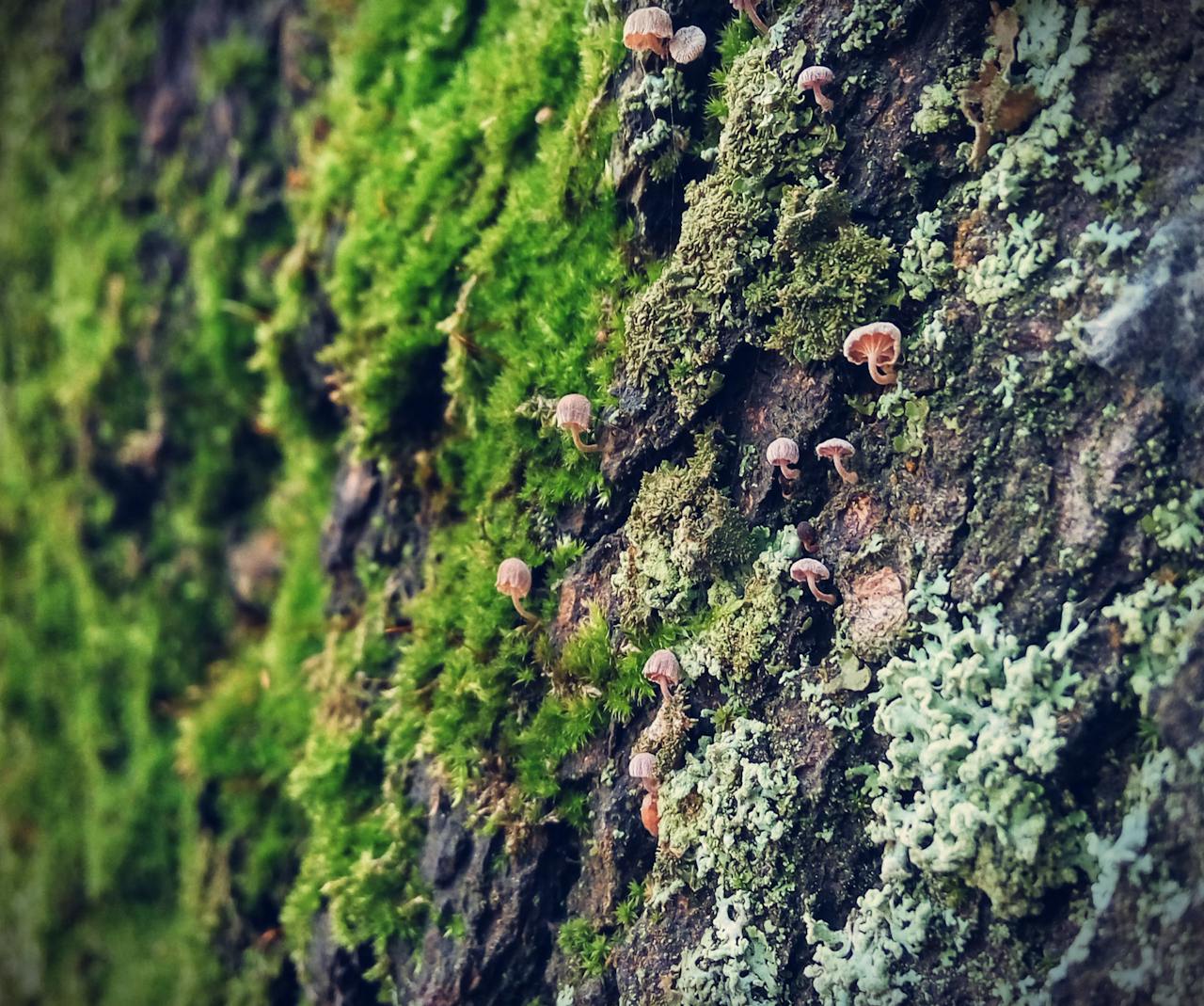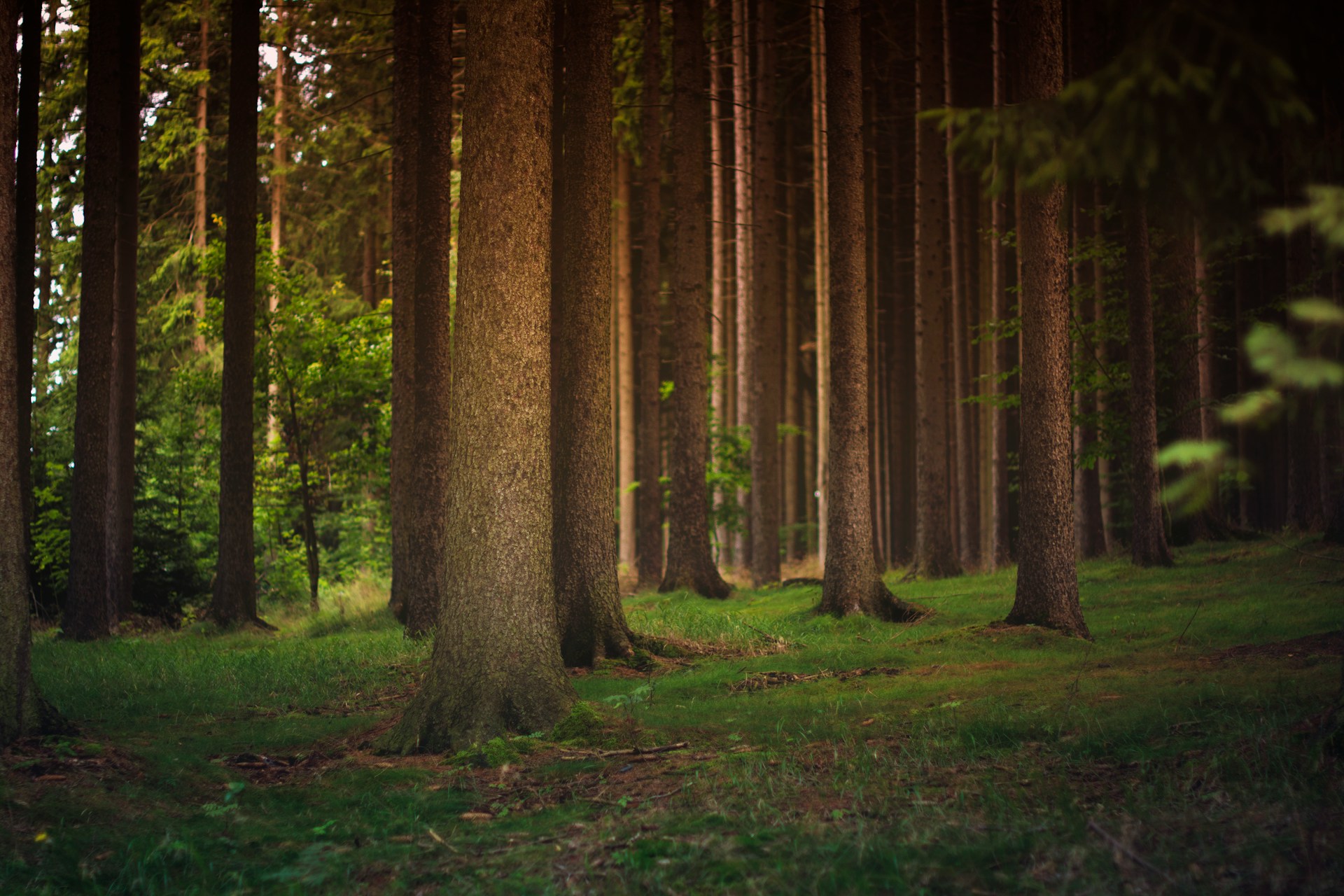For many years, the scientific world described forests as a place of struggle: to survive and grow lush, trees competed with each other for the various nutrients available to them.
In 1997, the publication of a study featured on the cover of Nature magazine turned this theory around. Underground, through a mantle of fungi connecting the entire forest system, trees not only communicate with each other but also send resources (the article specifically mentioned sugars). The botanist who wrote the preface for the article coined an irresistible expression to refer to the discovery: Wood Wide Web, a play on words from the World Wide Web (as the internet is also known). From the global network to the forest network.

Hacía ya tiempo que la comunidad científica sabía de la existencia de los hongos microrrícicos, que cubren las raíces de los árboles e intercambian con ellos agua, nutrientes y azúcares. Lo que el nuevo estudio descubría era que la comunicación iba más allá: los árboles usaban esas redes fúngicas —su internet— también para ayudar a otros vecinos de la misma especie, normalmente más jóvenes. Los bosques eran, después de todo, espacios de cooperación en los que sus habitantes más maduros ayudaban a prosperar a los que tenían menos aros en su tronco.
The scientific community had long known about mycorrhizal fungi, which cover tree roots and exchange water, nutrients, and sugars with them. What the new study discovered was that communication went further: trees used these fungal networks — their internet — also to help other neighbors of the same species, usually younger ones. Forests were, after all, spaces of cooperation where their more mature inhabitants helped those with fewer rings on their trunks to thrive.
A connection with latency…
The article, authored by researcher Suzanne Simard, and the concept of the Wood Wide Web had immediate success. According to the researcher in her memoirs, it even inspired the 2009 movie Avatar by James Cameron (although the dates do not match). Conferences, new studies, extensive coverage in general media, and even fiction books using this underground network of forests as a base; among them, the Pulitzer Prize winner in 2019.
However, as the years have passed, criticisms have also emerged. Since 2023 alone, three scientific articles signed by a total of 45 authors (many former fans of the original study) argue that the scope of the Wood Wide Web has been exaggerated.
Do trees receive sugars from others through fungi? Yes, but in a quantity that is not biologically significant, they claim. Moreover, it is not clear if all this travel occurs through fungi and not other elements present in the soil. Additionally, how do we know it is not the fungi alone that are sending the nutrients?

These investigations do not intend to question the entirety of the Wood Wide Web concept but rather ask questions showing that there are still many gaps to explore and aspects that are not entirely clear. In one of Suzanne Simard’s main conclusions, they do agree: preserving and respecting the entire forest ecosystem, including underground fungal networks, is fundamental to the planet’s health.



